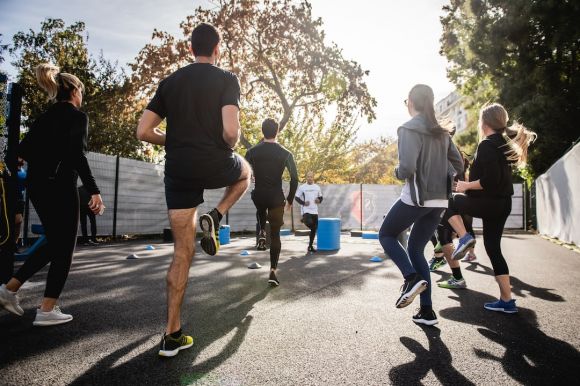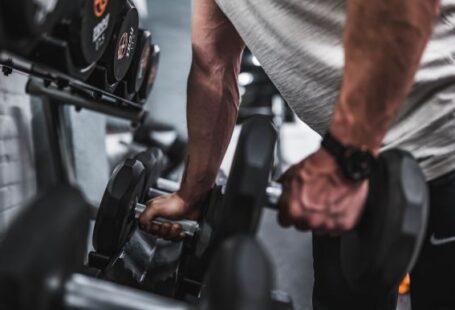Warming up and cooling down are two essential components of any exercise routine. These often overlooked aspects of physical activity play a crucial role in preparing the body for exercise and aiding in recovery. By incorporating proper warm-up and cool-down routines into your workouts, you can significantly reduce the risk of injury and enhance your overall performance. In this article, we will explore the importance of warming up and cooling down, and why they should never be skipped.
Preparing the Body: The Warm-up
Before diving into any rigorous physical activity, it is crucial to warm up the body adequately. A warm-up is a series of low-intensity exercises that gradually increase the heart rate, warm the muscles, and improve flexibility. This gentle introduction to exercise prepares the body for the upcoming demands and mentally prepares you for the workout ahead.
Enhancing Performance: A Proper Warm-up
A well-executed warm-up routine can significantly enhance your performance during exercise. By increasing blood flow to the muscles, a warm-up helps deliver oxygen and nutrients, improving muscle function and efficiency. It also raises the body’s core temperature, making the muscles more pliable and reducing the risk of strains and tears.
Additionally, a proper warm-up activates the nervous system, priming it for efficient communication between the brain and muscles. This improved neuromuscular connection can lead to better coordination, reaction time, and overall performance during exercise.
Reducing the Risk of Injury: The Importance of a Warm-up
One of the primary reasons for incorporating a warm-up into your exercise routine is to reduce the risk of injuries. Cold muscles are more prone to strains, sprains, and tears, while warm muscles are more elastic and less likely to be damaged. By gradually increasing the intensity of your warm-up, you allow your body to adapt to the upcoming demands, minimizing the risk of sudden injuries.
A warm-up also prepares the joints for movement by increasing their range of motion. This increased flexibility reduces the strain placed on the joints during exercise, decreasing the likelihood of joint-related injuries.
Recovery and Rejuvenation: The Cool-down
After completing a challenging workout, it is essential to cool down properly. A cool-down is a period of low-intensity exercises that gradually bring the heart rate back to its resting state and allow the body to recover. It is a vital part of the exercise routine that should never be skipped.
Promoting Recovery: The Benefits of a Cool-down
A cool-down aids in the recovery process by gradually reducing heart rate and preventing blood pooling in the muscles. This gradual decrease in intensity allows the body to remove waste products such as lactic acid, which can accumulate during intense exercise and contribute to muscle soreness and fatigue.
Additionally, a cool-down helps prevent dizziness and lightheadedness by allowing the cardiovascular system to adjust to the decreased demand for oxygen and nutrients. It also helps prevent the sudden drop in blood pressure that can occur when exercise is abruptly stopped.
Stretching for Flexibility: Incorporating Stretching into the Cool-down
Stretching exercises are often included in the cool-down routine to improve flexibility and prevent muscle tightness. Stretching during the cool-down allows the muscles to relax and lengthen, reducing the risk of post-workout muscle soreness and stiffness.
In conclusion, warming up and cooling down are two essential components of any exercise routine. A proper warm-up prepares the body for exercise, enhances performance, and reduces the risk of injuries. Similarly, a well-executed cool-down promotes recovery, prevents muscle soreness, and improves flexibility. By incorporating these crucial elements into your workouts, you can optimize your physical performance and ensure a safe and effective exercise experience. So, never skip the warm-up and cool-down – your body will thank you!





